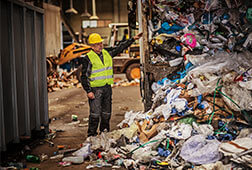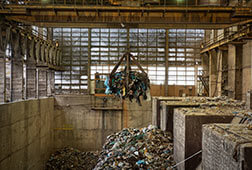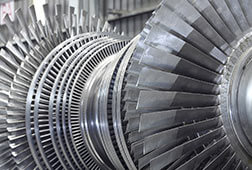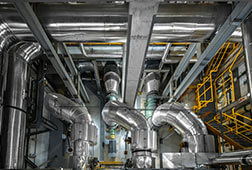Risk Management in the Turbine House
The turboset, composed of a steam turbine, coupling, turbine generator and peripheral equipment, works at full capacity in the turbine house. If damage occurs here, it may entail substantial property damage, unscheduled downtimes and, thus, loss in revenue. Potential loss scenarios involving steam turbo units are diverse. Whereas, for example, the turbine often suffers from mechanical, corrosive or erosive damage, the generator is mostly affected by the impacts of high voltage and associated high temperatures which impair the insulation technology.
Whether and to what amount you will receive insurance benefits in the event of loss, largely depends on the type of damage (e. g. earth fault, pole shift or winding damage) and also on the extent of know-how with which the damage is assessed.
Furthermore, damage directly resulting from a loss event has to be distinguished from wear and tear damage. During turbine inspections, indemnification of components and costs has been the subject of controversial discussion over and over again, in particular, for example packing case, gland sealing, guide blade carriers, intersection of joints, sealing tapes, bearings and blades.
As turbo sets have large-volume lubricating-oil reservoirs, alongside technical damages, the focus of the insurance industry is also on fire hazards. Fire protection engineers often advise plant operators to have fine spray extinguishers or inertization plants installed. As your partner in matters of risk management, we criticially examine such recommendations and give you an assessment as to whether the implementation is necessary, useful and in conformity with the market from an insurance perspective.
Additional costs beyond loss in revenue threaten you as operators in the municipal sector in many other respects. As special brokers we consider, in risk dialogue with you, also sources of damage relating to handling, transport or external combustion of wastes subject to obligation to be offered or purchased.
We put great emphasis on comprehensive risk management that keeps account of technical progress, insurance-related developments and technical achievements.









